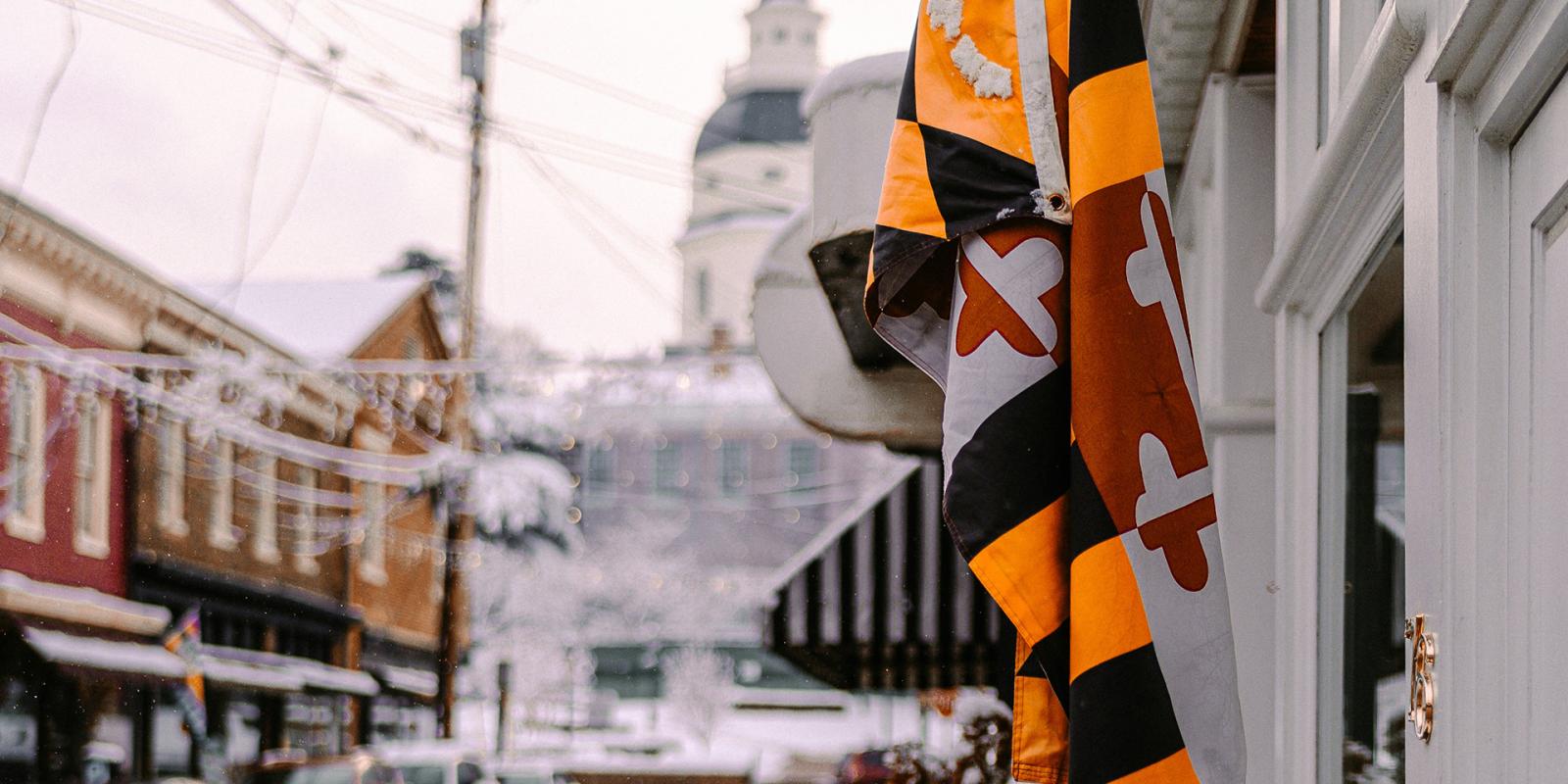On January 30, 1965, DeMatha Catholic High School clashed with the aptly-named Power Memorial Academy out of New York City. Led by 7'1" center Lew Alcindor (who later became the all-time leading scorer in the history of the NBA as Kareem Abdul-Jabbar), Power Memorial was riding a 71-game winning streak and had been tabbed as the mythical #1 high school team in the nation.
DeMatha, which had made a name for itself in the Washington area prep circuit under then 33-year-old coach Morgan Wooten, was no slouch either. The Stags were riding a 23-game winning streak of their own. Still, it was clear Wooten's squad would have its hands full with the New Yorkers and, in particular, Alcindor, "a 17-year-old who is not only big but quick, smooth and agile" who was drawing comparisons to Wilt Chamberlain.
What happened that night at Cole Field House has been called the greatest high school basketball game ever played.
